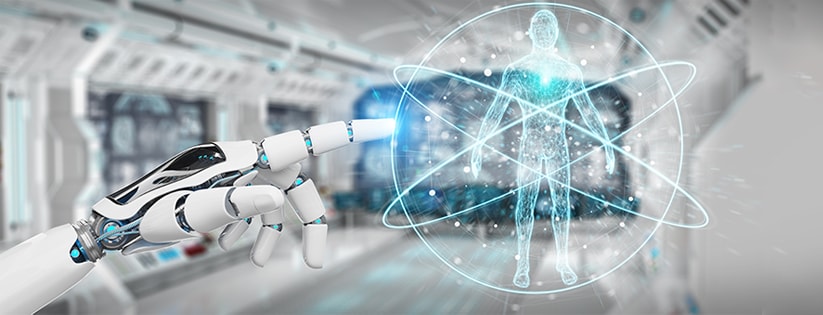There has been an exponential burst of Artificial Intelligence (AI), robotic process automation, and machine adaptive learning applications entering the marketplace in the healthcare sector over the last couple of years. While these technologies have many uses clinically, they are also revolutionizing the patient access and Revenue Cycle Management (RCM) processes that comprise the healthcare payment lifecycle.
IT professionals and many healthcare stakeholders are excited about the opportunities that exist with this automation’s availability. However, there are still many people at all levels in the clinical community that ascribe to the myths that have built up around AI and robotic process automation through popular culture and imagination.
Replacing Myths About AI in Healthcare Reimbursement
From the time a patient accesses the healthcare community, there are redundant processes that take place that are administratively burdensome and seemingly tailor-made for technological automation. Whatever the future looks like for patient access, reimbursement, and financial analytics, AI and machine learning technology will undoubtedly continue to play a part in contributing to patient satisfaction and the bottom line.
Let’s look at five myths that continue to live on in the minds of many providers and their staff:
- AI Works like a Human Brain— Certainly in describing AI—how it functions and its adaptability—we tend to attribute human-like qualities. You often hear it described as “adept” and “clever”, but in reality, it’s an advanced set of software tools and algorithms capable of rapidly changing healthcare patient access and RCM workflow.
- AI Will Replace Humans— Quite the contrary, AI is shown to unlock human potential and free up people in healthcare to focus on providing outstanding patient care and experiences. In the finance arena, processes like prior authorizations, claims denial management, and insurance verification are subject to exceptions and outliers and only intervention by human specialists can resolve these challenges.
- Programmers and Data Scientists Will be the Only Employees Needed— While these positions are crucial to keeping a system running and upgraded, people providing hands-on patient care and customer service will be even more valuable. Those tasks that are repetitive, such as verifying insurance and following up on prior authorizations, can be done through AI leaving the employees available to provide patient education and interpretation of care and diagnostic results.
- The Patient Experience Will Suffer— From the initial access point for patients through the entire billing and collections process, patients now endure lengthy billing cycles, rejected claims, surprise invoices, and outright insurance denials of payment. The vast majority of these issues stem from misidentified insurance information, missing prior authorizations, and denied claims due to coding and billing issues. With an AI and machine learning enhanced system, most of those things can be a thing of the past and the patients’ experience will be much more enjoyable.
- Hospitals and Providers Will Lose Control of Their Business Reporting Structure— With real-time information and solid analytics available 24/7, managing and measuring the effectiveness of your business and your bottom-line results should be easier than ever before.
Cloud-based AI and machine learning automation is being utilized today in ways that enhance the entire healthcare payment lifecycle. But it is also providing opportunities to improve the patient experience and proactively manage the third-party payer relationship in a way that has never been done before.
Schedule a demo to identify how AI, robotic process automation, and machine learning can improve your overall financial results.
